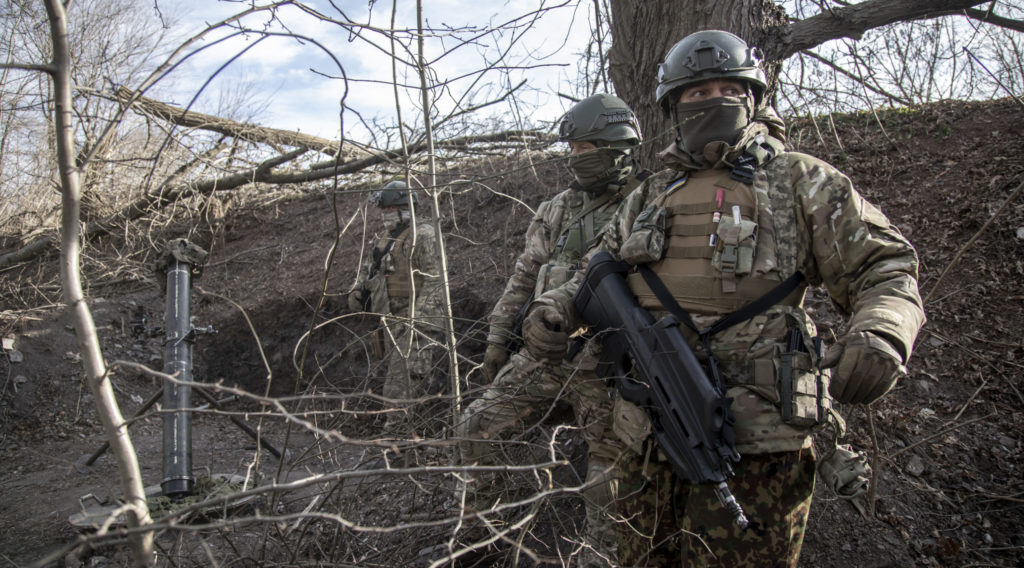LUCAS WEBBER

Early last month, Ukrainian drones attacked Engels airbase deep inside Russian territory. This particular operation was reportedly carried out in coordination with a military reconnaissance unit, damaging two planes, killing three Russian servicemen, and wounding four others. Satellite imagery later confirmed the strikes and detected the presence of emergency response vehicles at the impacted locations.
Engels was hit once more in late December. However, the Russian defence ministry deemed it unsuccessful, and there was no official claim issued by the Ukrainian government. Tu-95 Bears and Tu-160 Blackjack bombers were apparently among the aircraft present at the time of the attempts, and some assessments suggest the attacks have prompted Russia to reduce offensive activity launched from the airbase.
Over land, Ukraine has sent reconnaissance and sabotage personnel to make incursions into Russia to disrupt railways, find targets, and conduct other forms of covert action. A four-man team was recently intercepted in the Bryansk region around the time of the second set of drone attacks, and was subsequently eliminated by FSB forces. Shortly after, Moscow asserted the alleged “saboteurs” were in possession of improvised explosive devices and foreign-made weapons.
In a recent interview, Ukraine’s military intelligence leader, Kyrylo Budanov, was asked about the 26th December operation against Engels, replying that he was “glad to see it” and anticipating that such attacks would continuously take place “deeper and deeper” into Russian territory over time.
Previously, Ukraine has been shelling cross-border targets and sabotaging rail infrastructure, and according to US officials was believed to be involved in the assassination of Darya Dugin, the daughter of prominent Russian intellectual Aleksandr Dugin.
These types of operations have likewise been taking place inside Russian-occupied Ukrainian territories. Ukrainian forces, for instance, have inflicted significant damage on the Kerch Strait Bridge, killing “collaborators” in Russian-occupied territories, and have been locating military targets behind enemy lines.
In addition to covert Ukrainian activities, Moscow is facing anti-war dissent domestically. One movement notably gaining traction since the invasion began has been the Russian Anarcho-Communist Combat Organization (БОАК/BOAK), which has targeted rail infrastructure and firebombed recruitment offices. It is unclear whether Kyiv supports these elements in any direct way, but the group’s actions undoubtedly benefit the Ukrainian resistance and irritate the Kremlin.
As Moscow moves towards escalating the conflict, Ukraine is likely to continue carrying out sabotage activities and striking deep inside Russian territory. Through this approach, the hope is that the country will reduce the level of airpower and military capacity its adversary is able to muster in the coming weeks and months. As the war’s one-year anniversary approaches, this conflict is showing no sign of going away.
No comments:
Post a Comment